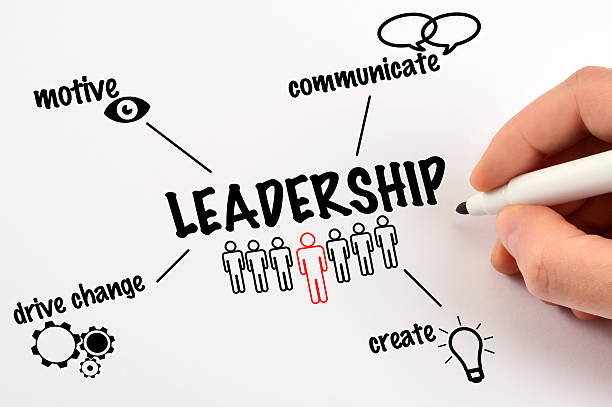
Leading Customer Experience (CX) today is more complex than ever. With rising customer expectations, digital transformation, and increasing competition, CX leaders must do more than just “manage” the experience—they need to drive meaningful change across their organizations.
From discussions with CX leaders in our community, three defining practices set the most successful apart. These aren’t quick fixes, but strategic approaches that take time and commitment â...
€” and deliver lasting impact.
1. Elevating CX as a Strategic Business Priority
Top CX leaders don’t view customer experience as a standalone department or just a set of initiatives. They embed CX deeply into their organization’s strategic framework, aligning it directly with business goals like growth, retention, and brand reputation.
This goes beyond running customer surveys or managing frontline interactions—it means actively influencing key decisions at the highest levels. They bring CX insights to executive leadership and the boardroom, translating customer feedback into business outcomes, and advocating for investment in CX infrastructure and innovation.
By making CX a strategic priority, these leaders ensure that customer-centricity influences product development, marketing strategies, and operational processes. This alignment drives coherence across departments, avoids siloed efforts, and elevates CX from a nice-to-have to a competitive differentiator.
2. Building Systems to Close the Feedback Loop Rapidly and Effectively
Gathering customer feedback is commonplace, but the best CX leaders excel at closing the loop quickly and meaningfully. They design processes and technology systems that don’t just collect data—they enable fast action.
This involves creating real-time feedback channels and alerts that notify teams immediately about customer issues or opportunities. But more importantly, they empower employees closest to customers—frontline agents, sales reps, product managers—to make decisions and resolve problems without bureaucratic delays.
This rapid response fosters customer trust, turning potentially negative experiences into positive ones. It also feeds continuous improvement cycles where CX becomes agile and adaptive, not slow and reactive. The result is a dynamic CX ecosystem that learns from every interaction and improves continuously.
3. Fostering a Customer-Centric Culture Across the Organization
True CX leadership extends beyond tools and metrics—it’s about culture. Top CX leaders cultivate a mindset where every employee, regardless of role, understands their part in delivering great customer experiences.
They invest in ongoing education and communication that connects individual roles to customer outcomes. This might include regular training, storytelling about customer successes and challenges, and recognition programs that reward CX-focused behaviors.
Importantly, these leaders encourage cross-functional collaboration to break down silos. They create forums, task forces, or councils where different departments come together to share insights and solve CX challenges collectively. Over time, this nurtures an organization-wide culture where customer experience isn’t just a department’s job—it’s everyone’s responsibility.
The difference between average and outstanding CX leadership lies in mindset, structure, and culture. When CX is elevated to a strategic priority, when feedback drives rapid action, and when the whole organization embraces customer-centricity, CX leaders unlock powerful business value.
Are you ready to take your CX leadership to the next level? Reflect on which of these practices you can deepen in your organization and start making that shift today.
© CX Frontiers. All Rights Reserved. Design by UBS Forums